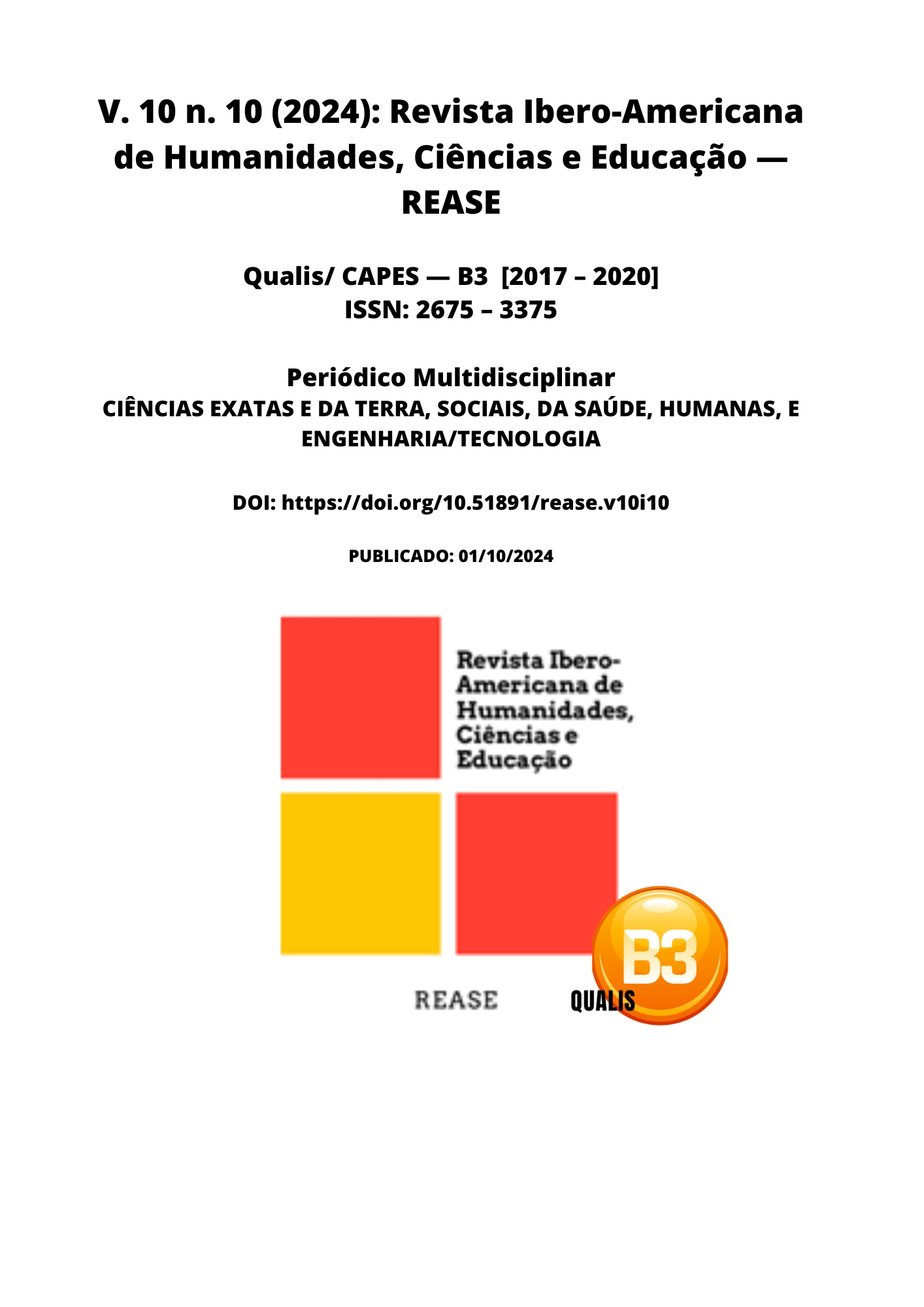NEW COMMUNITY POLICING STRATEGIES: BUILDING BRIDGES BETWEEN POLICE AND CITIZENS
DOI:
https://doi.org/10.51891/rease.v10i10.15884Keywords:
Public safety. Community participation. And crime prevention.Abstract
Community policing is a policing model that aims to strengthen public safety through active collaboration between the police and the community. By adopting outreach strategies, this model seeks not only to respond to crimes, but also to prevent occurrences, promoting a safe and harmonious environment. Community participation is essential to the success of this approach, as it allows citizens and law enforcement officers to work together to identify local problems and develop solutions that meet the specific needs of each area. Crime prevention, in this context, goes beyond traditional policing, as it is based on building mutual trust, transparency, and the creation of social support networks that involve residents, organizations, and authorities. Studies show that where there is greater integration between police and community, crime rates tend to decrease, reinforcing the importance of initiatives that encourage this collaboration. This article explores how community policing can be an effective instrument in promoting public safety, highlighting the relevance of community participation and crime prevention as pillars for a safer and more inclusive environment.
Downloads
Downloads
Published
How to Cite
Issue
Section
Categories
License
Atribuição CC BY

